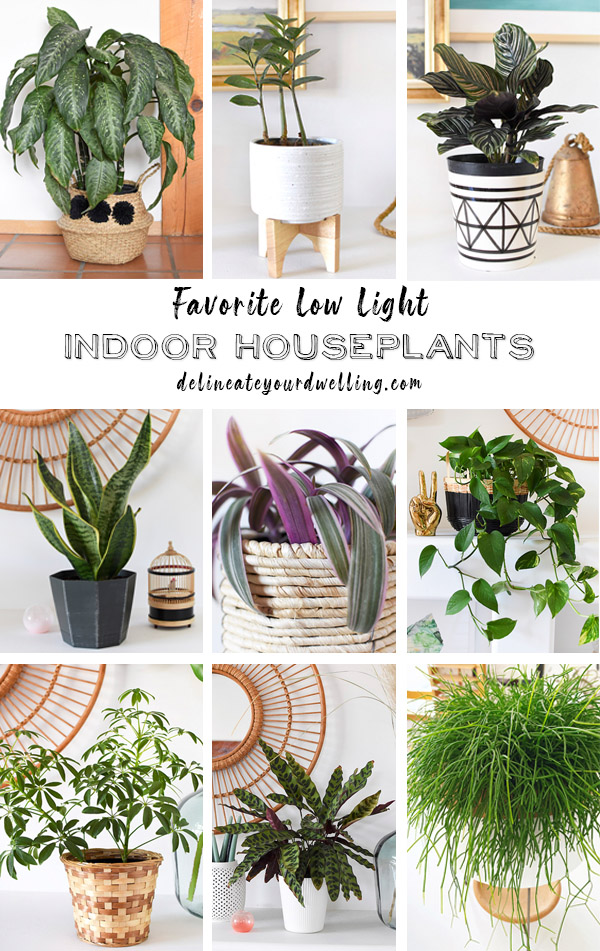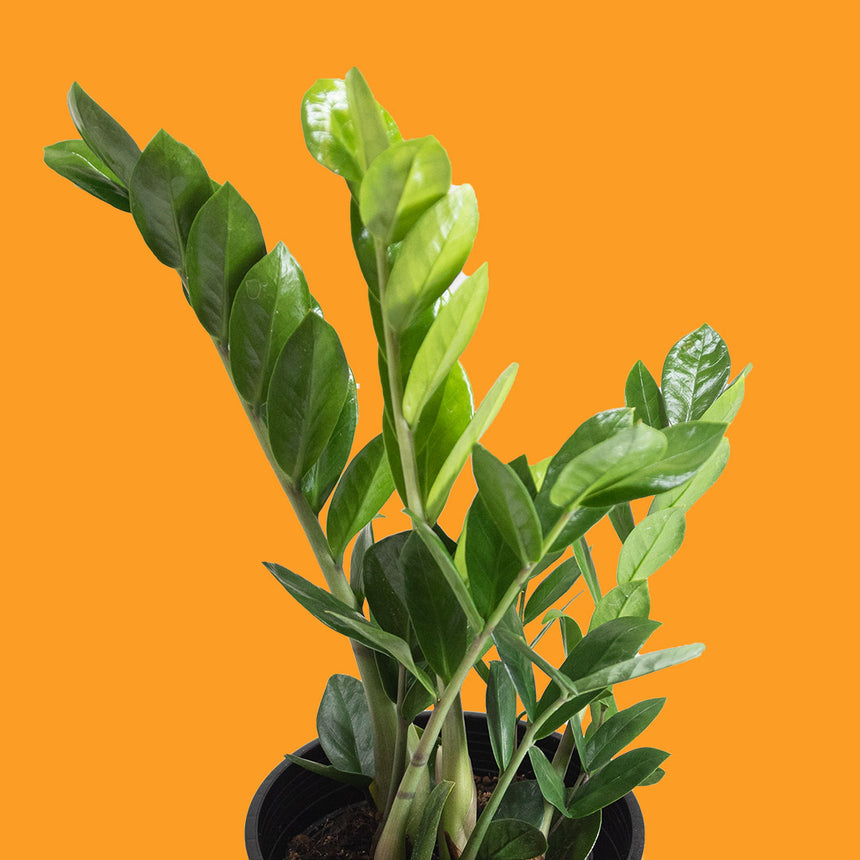How to Care for the Best Low-Light Indoor Plants in Any Environment
How to Care for the Best Low-Light Indoor Plants in Any Environment
Blog Article
Discover the Tricks of Low-Light Indoor Plants and Just How They Boost Your Environment
Low-light indoor plants have amassed boosting attention for their unique capacity to improve both aesthetic charm and ecological quality within work environments and homes. These durable varieties, including the Serpent Plant and Peace Lily, not only flourish in difficult lighting conditions however additionally play a pivotal duty in air filtration and emotional health. Understanding the details advantages and care needs of these plants can considerably affect your space. As we check out the intricacies of their benefits, you might find insights that could change your environments in unanticipated means.
Benefits of Low-Light Indoor Plants
Although lots of people think that interior plants require plentiful sunshine to grow, low-light indoor plants use a wide variety of benefits that make them optimal for numerous environments. One of the key advantages is their flexibility; they can grow in areas with limited natural light, such as offices, basements, or areas with little home windows. This attribute allows individuals to improve their surroundings with plant, adding to boosted appearances without the need for substantial illumination alterations.
In addition, low-light interior plants can substantially enhance indoor air quality by launching and filtering damaging toxic substances oxygen, making living spaces healthier. Research study has actually revealed that specific ranges can absorb contaminants, therefore promoting a cleaner ambience. Furthermore, they can improve psychological health by decreasing stress and anxiety and enhancing performance. The existence of plants has been linked to higher sensations of peace and emphasis.
In addition, low-light plants frequently call for much less maintenance than their sun-loving equivalents, making them suitable for active individuals or those brand-new to horticulture. Their strength permits them to love minimal intervention, thus providing a gratifying experience for plant enthusiasts and novices alike. In recap, low-light indoor plants offer both visual and useful objectives, making them useful enhancements to any kind of area.
Top Low-Light Plant Varieties
Low-light indoor plants come in a range of species, each offering distinct characteristics and benefits matched for dark environments. Among one of the most popular ranges is the Snake Plant (Sansevieria), known for its air-purifying capacities and architectural fallen leaves. This durable plant grows on forget and can endure a variety of light conditions.
One more outstanding selection is the ZZ Plant (Zamioculcas zamiifolia), which features glossy, dark environment-friendly leaves and is very drought-tolerant. Its adaptability makes it a preferred for workplaces and homes with limited sunshine.
The Pothos (Epipremnum aureum) is also a leading contender, with its tracking vines and heart-shaped leaves - Best low-light indoor plants. This flexible plant can be educated to climb or cascade, including aesthetic rate of interest to any area

Care Tips for Low-Light Plants
Caring for low-light interior plants calls for a nuanced understanding of their specific needs to guarantee optimum development and vitality. Initially, it is necessary to pick the ideal potting mix, as a well-draining soil is crucial to avoid origin rot. A mix designed for houseplants, frequently consisting of peat moss and perlite, functions well for most low-light varieties.
Watering is another crucial aspect of care. Low-light plants normally need much less regular watering contrasted to their sun-loving equivalents. It is suggested to check the top inch of soil; if it really feels completely dry, it's time to water. Overwatering can bring about complications such as mold and mildew and root degeneration.
Fertilizing must be approached with care. During the expanding season, a watered down liquid fertilizer can be used monthly, but in winter season months, several low-light plants go into dormancy and need little to no check my blog fertilizing.
Finally, it's important to regularly clean the leaves to get rid of dust, allowing for better light absorption. By adhering to these care tips, you can grow a thriving atmosphere for your low-light interior plants, improving both their appearance and longevity.
Enhancing Air Quality With Plants
Indoor plants play a considerable role in boosting air top quality within homes and workplace. Via the procedure of photosynthesis, these plants take in carbon dioxide and launch oxygen, adding to a much healthier ambience. In addition, certain low-light interior plants possess the capability to filter hazardous contaminants, such as formaldehyde, benzene, and trichloroethylene, which are frequently located in indoor environments.

In addition, the visibility of interior plants can increase humidity levels, which assists ease dry skin and respiratory system issues, further enhancing overall well-being. This capability to enhance air high quality not only promotes physical health and wellness but likewise supports psychological wellness.
Integrating low-light indoor plants into your living and functioning spaces can result in a more vivid and stimulating environment (Best low-light indoor plants). Purchasing these all-natural air purifiers is a basic yet reliable approach for enhancing interior air high quality and fostering a much healthier way of life
Creating a Peaceful Indoor Room
The assimilation of plants right into living spaces not only boosts air high quality yet also contributes to a serene atmosphere. Low-light interior plants, such as serpent plants and pothos, are specifically efficient in developing a serene atmosphere, as they prosper in conditions that might or else be inhospitable for other greenery. Their rich foliage supplies a relaxing visual, reducing anxiety and promoting leisure.
Incorporating these plants right into your home or workplace can stimulate a sense of tranquility and click over here now health. Purposefully placing them in locations where you spend substantial time, such as living rooms or work spaces, permits an immersive experience with nature, which has been revealed to improve state of mind and cognitive function.
Moreover, the gentle movement of leaves in response to air flow can develop a vibrant aesthetic component that improves the total ambiance. Consider making use of a range of plant heights and appearances to include depth and rate of interest to your space. With thoughtful placement and care, low-light interior you could check here plants can transform any location into a tranquil refuge, cultivating not just visual fulfillment but emotional and also psychological health.

Conclusion
Including low-light indoor plants into different settings yields substantial benefits, including improved air quality and boosted visual allure. The transformative power of low-light plants underscores their worth in enhancing both domestic and work-related setups.
Although many individuals think that interior plants require plentiful sunlight to thrive, low-light indoor plants use a wide variety of benefits that make them excellent for numerous atmospheres.In addition, low-light indoor plants can dramatically boost interior air quality by filtering system dangerous toxins and launching oxygen, making living spaces healthier. Furthermore, certain low-light interior plants possess the capability to filter hazardous contaminants, such as formaldehyde, benzene, and trichloroethylene, which are frequently discovered in interior environments.
Low-light indoor plants, such as serpent plants and pothos, are particularly reliable in developing a serene atmosphere, as they thrive in problems that might or else be unwelcoming for various other greenery.Integrating low-light indoor plants into different settings returns substantial benefits, consisting of enhanced air top quality and enhanced aesthetic charm.
Report this page